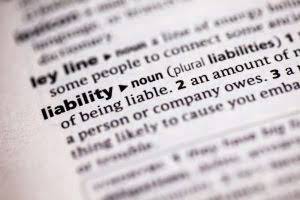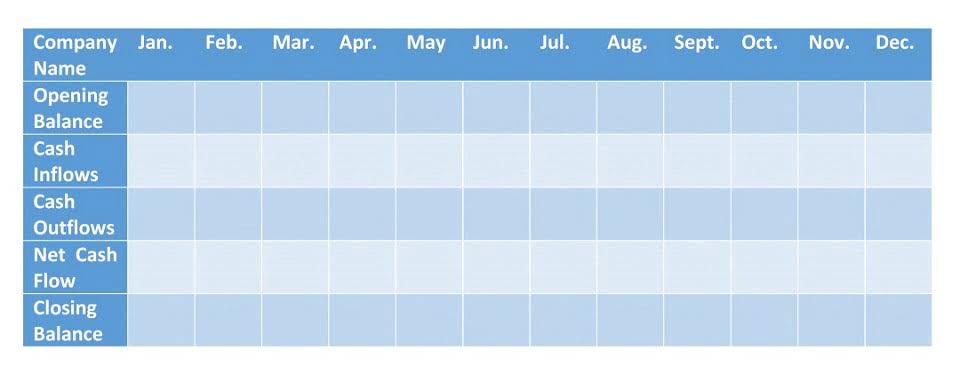What is a Depreciation Tax Shield?

You had $10,000 of medical costs last year, meaning you’ll receive a $6,250 deduction for medical expenses. The good news is that calculating a tax shield can be fairly straightforward to do as long as you have the right information. You will need to know your individual tax rate as well as the amount of all your tax-deductible expenses. A tax shield is a way that you can reduce the total amount of taxes owed on your federal tax return. Tax shields can vary slightly depending on where you’re located, as some countries have different rules. Where CF is the after-tax operating cash flow, CI net sales is the pre-tax cash inflow, CO is pre-tax cash outflow, t is the tax rate and D is the depreciation expense.
Unlevered Beta Formula – Ultimate Guide (
They often do this in one of two ways, either through capital structure optimization or accelerated depreciation methods. For businesses, tax shields can help to lower the cost of capital, which can improve their financial performance. By reducing their tax liability, businesses can free up more cash flow to invest in growth opportunities. Businesses can deduct the cost of capital assets over time through depreciation. This provides a tax shield by reducing the amount of taxable income subject to tax.
- A tax shield is a way that you can reduce the total amount of taxes owed on your federal tax return.
- Tax laws and regulations can change over time, which can impact the availability and value of tax shields.
- These deductions reduce a taxpayer’s taxable income for a given year or defer income taxes into future years.
- In capital budgeting, the amount available as depreciation tax shield can be treated as equivalent to either reduced cash outflow or increased cash inflow.
- Each report undergoes rigorous checks to maximise your tax depreciation deductions and returns, resulting in very few ATO audits.
Incorporating Tax Shield in Capital Budgeting Analysis

Straight-line depreciation provides a systematic way to allocate asset costs, facilitates tax planning, and influences capital budgeting decisions. While depreciation tax shield it may not capture the asset’s actual usage pattern, it remains a practical and widely accepted method in financial management. Remember, the goal is to strike a balance between maximizing tax benefits and maintaining accurate financial reporting. A person buys a house with a mortgage and pays interest on that mortgage.
How Is Tax Shield Interest Calculated?
A tax shield is used to reduce a company’s taxable income, thereby reducing its tax liability and increasing its after-tax earnings. This can help to improve the company’s financial performance and increase shareholder value. Taxpayers must comply with tax laws and regulations to ensure that the deductions and credits claimed are valid. This can require significant time and resources, including the cost of hiring a tax professional or accountant to assist with compliance. Over the useful life of the machinery, the total tax shield would be $30,000 ($3,000 x 10 years).

- This can make previously marginal projects more viable, offering a clearer view of potential returns.
- This approach allows the taxpayer to identify a large sum of depreciation as a chargeable expense through the first few years of a fixed asset.
- Businesses must carefully consider depreciation methods and their impact on tax savings when evaluating investment opportunities.
- Suppose we are looking at a company under two different scenarios, where the only difference is the depreciation expense.
- It’s important to note that tax shields are subject to tax laws and regulations.
- The Depreciation Tax Benefit reflects the money saved on Income Taxes due to Depreciation Expense.
- Additionally, consult with accounting professionals to ensure accurate implementation.
One way to make the most of your tax situation is by using deductions to lower your tax burden. A tax shield is Medical Billing Process a reduction in taxable income by claiming allowable deductions. Lower-income taxpayers can benefit significantly from this if they incur larger medical expenditures.
Tax Shield Formula: Definition, Deductible Items, and Example Calculation

To increase cash flows and to further increase the value of a business, tax shields are used. A tax shield in capital budgeting is a way for corporations to strategically plan their optimal capital structure and decide which investments to follow. This, in turn, makes debt funding much cheaper since interest expenses on debt are tax-deductible. The benefit of using depreciation with a tax shield is that you can subtract any depreciation expenses from taxable income.
- In this post, we’ll dive into a concept that is essential for understanding tax planning and its impact on businesses and individuals alike – the tax shield.
- Also, at higher tax rates, Depreciation is going to provide additional savings.
- In the above example, we see two cases of the same business, one with depreciation and another without it.
- The tax shield arises from the fact that depreciation is a non-cash expense, meaning that it reduces taxable income without requiring an actual cash outlay.
- Interest tax shield refers to the reduction in taxable income which results from allowability of interest expense as a deduction from taxable income.
- The cost allocation in the form of depreciation will ultimately ensure that the final value of the asset appearing in the financial statement will reflect its true and fair current value.

This a tax reduction technique under which depreciation expenses are subtracted from taxable income.is is a noncash item, but we get a deduction from our taxable income. This will become a major source of cash inflow, which we saved by not giving tax on depreciation. Remember that while depreciation provides tax benefits, it doesn’t represent actual cash outflows. It’s a non-cash expense that affects financial statements and tax calculations.
Types of Tax Shields
You’ll have to itemize your deductions to deduct mortgage interest from your taxes. If you obtained a mortgage before December 17, 2017, you can deduct up to $1,000,000 of interest. Mortgages originating after that date are eligible for an interest deduction of up to $750,000. An alternative approach called adjusted present value (APV) discounts interest tax shield separately. Even though the APV method is a bit complex, it is more flexible because it allows us to factor-in the risk inherent in admissibility of interest tax shield.



Leave a comment